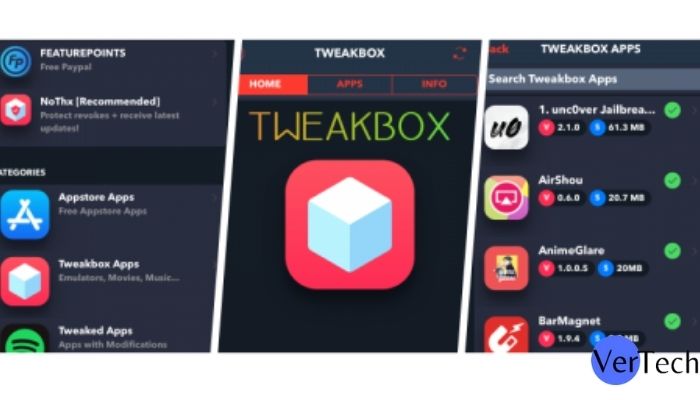Software
What you need to know about Legacy Systems

The term legacy system refers to an older generation of Enterprise Resource Planning (ERP) systems that were developed during the 1980s and 1990s. They are no longer feasible to update due to their lack of flexibility and design. They are also prone to security breaches.
These systems use outdated languages and are incapable of supporting new technology. They only work on limited operations and are more prone to failure. Its maintenance costs are higher than the cost of the system itself, which makes it hard to maintain.
Types of Legacy Systems
There are various kinds of legacy data management systems that are determined by their hardware, programming, and design.
End of Life
End of Life (EOL) refers to the phase when a vendor stops producing its products. There is no maintenance or updates offered for the system.
No Longer Updateable
A legacy system that can be used with the same vendor’s products is different from an EOL system in that it can be used with new technology. On the other hand, systems that are unable to update themselves can only be bought from a different vendor.
Knowledge
This type of legacy system is one that the producers of it no longer understand the design.
Extensibility
This type refers to a legacy system that would be too costly for the system life to get extended any longer.
Non-Scalable
This type of outdated legacy system is no longer able to scale with a company.
Heavily Patched
Due to the number of patches that have been issued for these types of legacy systems, they are more vulnerable to security breaches. This issue makes them unusable when the vendor stops producing new patches.
Lack of Repair
It takes a lot of time to repair a failing system, and this can prevent it from working properly. It can make the company liable for its failure.
Costly
The high cost of maintaining a legacy system is a major factor that prevents it from working properly.
Dealing With a Legacy System
To avoid further technological debt, a company can only pay for the technological debt it creates by implementing a new system or by rewriting the code. Doing so will allow them to get out of the vicious cycle that has been created by their outdated technology. Businesses should get an IT audit to help them determine what type of strategy to use with their legacy system. These strategies may include:
Replacing the System
One of the most expensive strategies for a company is to buy a new legacy system. Doing so can be very time-consuming and challenging, as it usually involves rewriting the code. If an IT audit suggests replacing the system, then go with that option.
Refactoring the Code
Refactoring is a process that involves breaking a code into smaller pieces and then changing them into fragments. Doing so results in the entire code being rewritten. This process does not affect the external function of the system, and the errors are removed.
Rewriting the Code
The last step in the process of rewriting the code is the breaking of the code into smaller pieces. Doing so can be done on smaller legacy systems, but it can be very challenging for monolithic ones.
Benefits of Legacy System Data Management
If a company still wants to use a legacy system, then it should consider the various advantages of this strategy. The main reason why older clients are more resistant to change is that they are less demanding of tech support.
Small businesses can benefit from using legacy systems as they are more convenient to use and have fewer resources. They additionally don’t need to spend a lot of money on a new system due to how they work just fine.
Despite the disadvantages of having outdated technology, there are still many advantages to using a legacy system.
1. Convenience
Despite how archaic their appearance may seem, legacy systems are still useful and can be very familiar to users.
2. Efficiency
Despite the limited operations of a legacy system, it still manages to carry out its tasks efficiently. This is because the users are used to using it and have a good understanding of its functions.
3. Durable
Unlike newer technology, legacy systems can still function for up to thirty years without major changes. They are very useful for older organizations as they can still provide them with the necessary support and features.
Unfortunately, these advantages are not always reliable and cannot be relied upon. The negative effects of operating a legacy system can seriously affect a company’s operations. This is why the benefits of implementing a legacy data management strategy are important to consider.
-

 Latest News3 years ago
Latest News3 years agoSoap2day Similar Sites And Alternatives To Watch Free Movies
-

 Software3 years ago
Software3 years agoA Guide For Better Cybersecurity & Data Protection For Your Devices
-

 Android2 years ago
Android2 years agoWhat Is content://com.android.browser.home/ All About? Set Up content com android browser home
-

 Blog2 years ago
Blog2 years agoMyCSULB: Login to CSULB Student and Employee Portal
-

 Android App3 years ago
Android App3 years agoCqatest App What is It
-

 Android App3 years ago
Android App3 years agoWhat is OMACP And How To Remove It? Easy Guide OMACP 2022
-

 Business3 years ago
Business3 years agoKnow Your Business (KYB) Process – Critical Component For Partnerships
-

 iOS2 years ago
iOS2 years agoTweakBox App – Best App for iPhone [Jan, 2023] | (iOS 15, Download, 2023)





